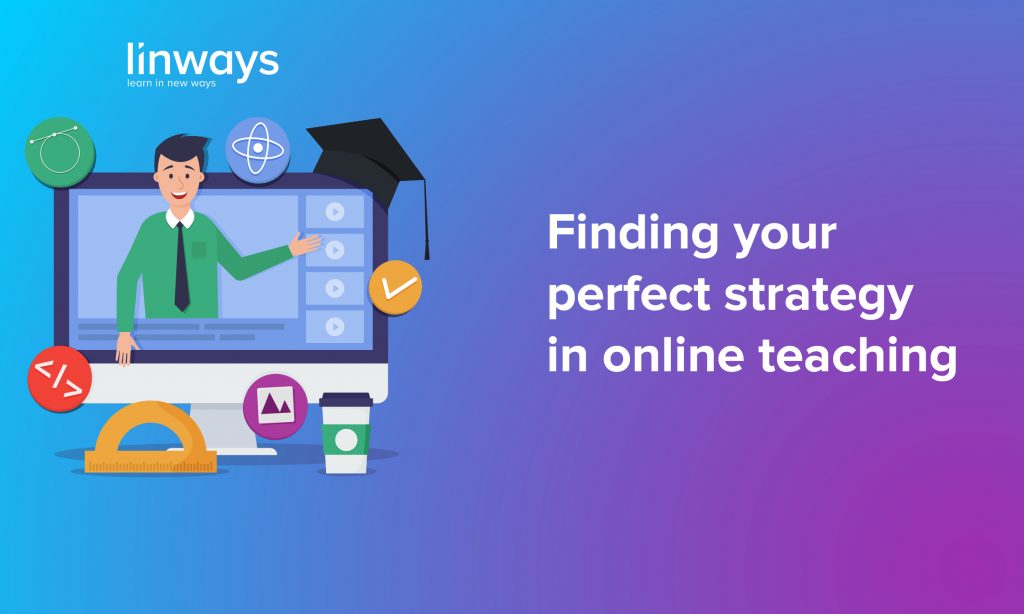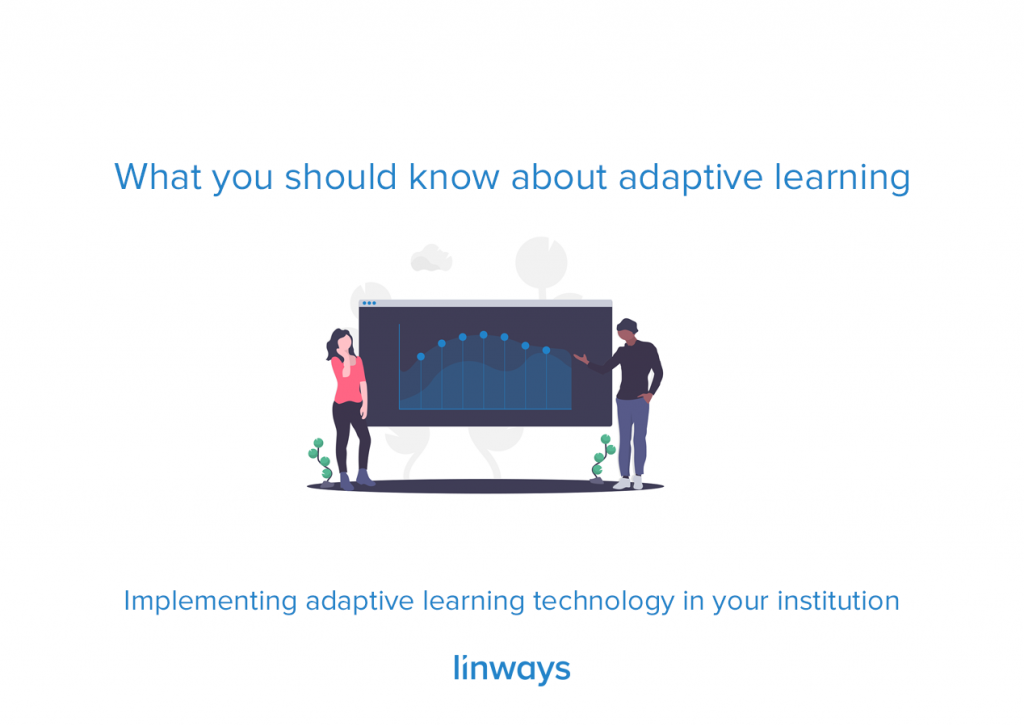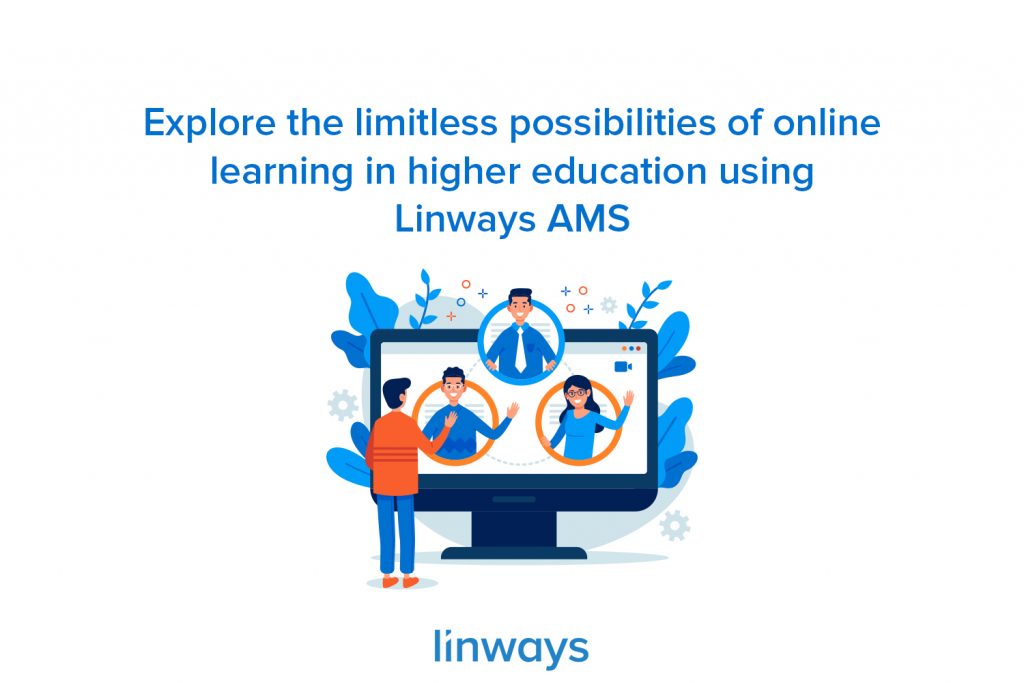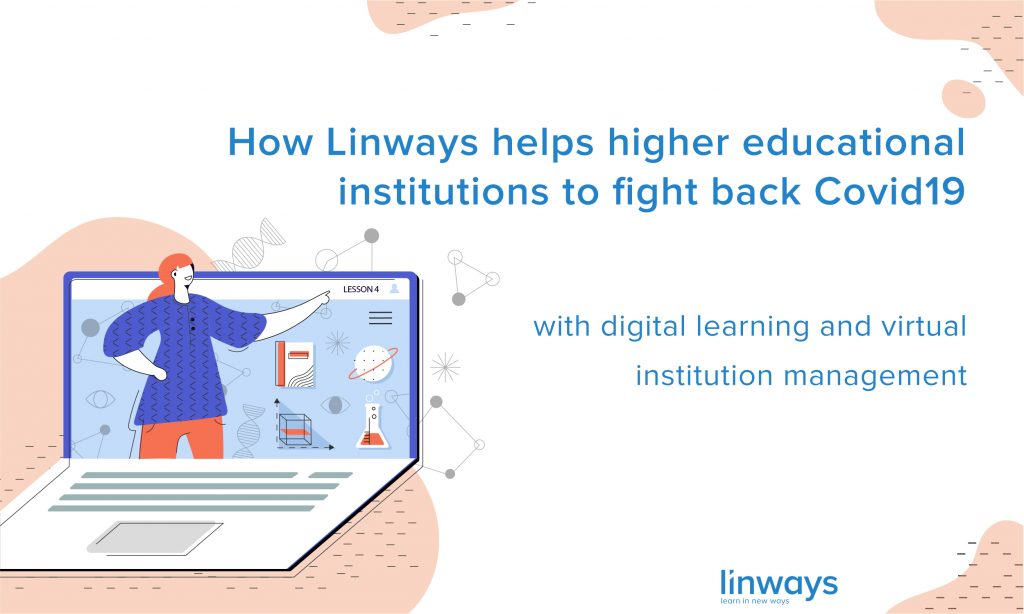
The classroom was a very dynamic and versatile environment even before it was online. There are all kinds of conversations, individuals from different backgrounds, different personalities, learning behaviors, the list go on. In the traditional model, teaching was simple “you talk-they listen” approach. But a lot has changed over the past couple of years. There are many more instructional models, guidelines, strategies, theories, all have come together to make the classroom teaching-learning a very complex and intricate affair. Even more so during the recent online transition. So how do you find the perfect teaching strategy in online teaching?
Let’s face it, choosing an effective teaching-learning strategy is not an easy task. Strategies need to be chosen carefully in order to contribute most effectively to student learning. Anytime your students are actively engaged in learning or exploring new ideas, you are also teaching them a deeper and more meaningful way to apply that knowledge and skills to other parts of their lives or career.
Before we begin, there is no one specific teaching strategy or x steps that you can take to create one out of thin air. It’s all relative to who you are, who your students are, what you are going to teach, and how advanced you want to be. So there’s no point in explaining one specific strategy that may have worked for one teacher in the past, but instead, we are planning to explore some elements that can help you get to the perfect solution
The one universal mode of teaching: Lectures
Here are ten things to remember about lecturing as a form of teaching.
1. Lecturing is especially useful to convey knowledge but is not well suited for higher levels of learning.
2. Decide what you want the students to know and be able to do as a result of the lecture.
3. Outline the lecture notes —first your major points, then the minor points that go deeper on or explain each major point.
4. Choose relevant, concrete examples in advance of the lecture. Select examples that your students can relate to or something they are familiar with.
5. Take some time to invest in your students. Learn about their backgrounds, personalities, and goals.
6. Leave some time at the end of each lecture for discussion. Let the students ask for a better explanation or just have a casual talk with them which creates an affection towards you.
7. Also, leave room amidst long lectures so that you and your students can recollect yourselves from monotony.
8. Start with a question, a problem, a current event, or something that just grabs the students’ attention. Build a storyline around the topic. Stories always capture attention than long hours of blatant information.
9. Watch the students. If you think they don’t understand you, stop and ask them questions.
10. Use active learning techniques. Use technological aids, such as multimedia presentations, videos, etc.
Boosting engagement in online classrooms.
We have already talked about changing interests and demographics in education. Most teachers have a decent understanding of how to interact with students and engage them in the classroom. What we are specifically looking for is the slight changes those strategies go through when the teaching becomes online. We can’t generally assume whatever works well in a physical classroom would also work in an online classroom. The environment is different, the teaching styles are different, and the way the students and teachers interact is different. It’s only obvious that engagement is different too
1. Prepare your students for the online learning experience. Students who regularly attend physical classrooms may need some time to adjust to the pace and vibe of the online classroom.
2. Frequently review learning outcomes. Your introduction should include learning objectives and tracking milestones. As we already do, learning outcomes play a major role in quality improvement.
3. Organize lectures and learning materials. Students should be able to access the necessary resources without having to spend too much effort.
4. Prevent isolation by increasing your interactions. Build connections with your students and interact with them more often than how you’d do in a physical environment.
5. Take and provide regular feedback. Feedback is the one way to understand how well your students engage with you and your classroom.
Adapt to online yourself before your students.
It’s easier said than done when the younger generation spends more time on their devices, probably online. But as a teacher, you can spend some time everyday familiarizing yourself with online technology platforms which would give you an edge during managing online teaching-learning. We have written a great deal about using technology to enhance the learning experience, and improve the teaching quality. Flipped classroom, games, trying out different ways to share the course content, can all come into play while finding your perfect strategy in online teaching
Set yourself apart with your teaching strategy by allocating tasks based on students’ abilities and ensure no one gets left behind. Assigning tasks and goals to suit your students’ unique learning needs goes a long way. Such a strategy would mean students with higher learning capabilities are stretched and those who are struggling get the appropriate support. This can involve giving tests and assignments that vary in complexity to various groups of students. You can also make use of a complete learning management platform like Linways to help you collaborate with your peers and work with all the necessary information you need. You can easily assess your students based on their attendance, performance, remarks from other teachers, etc.
Being an effective teacher is a challenge because every student is unique, however, by using a combination of teaching strategies you can address students’ varying learning styles and academic capabilities as well as make your classroom a dynamic and motivational environment for students. A great teaching strategy is not just about how you teach. It covers the whole spectrum of how you establish yourself in your students’ lives, how influential you are, and how you behave while interacting with the students. So we will try to discuss more of these in our future blogs. Please subscribe to our blog to receive articles like these in your inbox every week.
Also published on Medium.





1 Comment